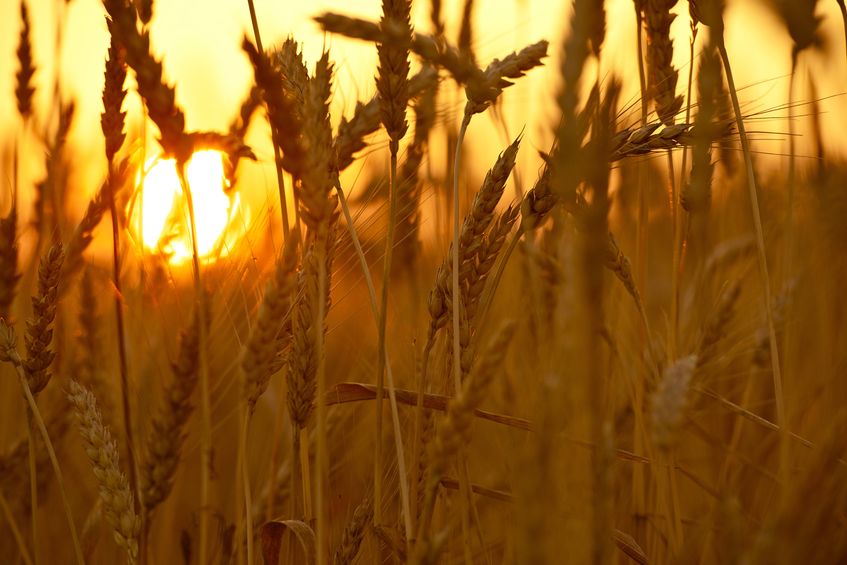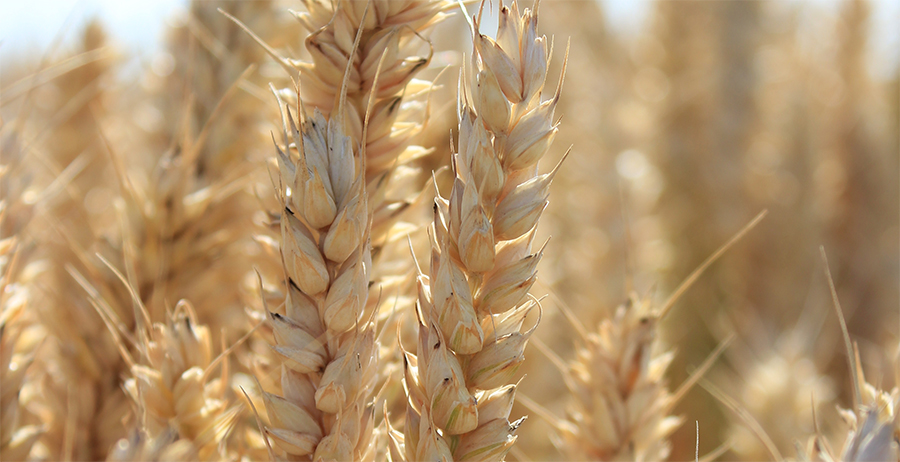
Staple food prices rose in August even as grain prices fell and the outlook for global cereal production improved.
According to the UN's Food and Agriculture Organisation's Food Price Index, released today, averaged 165.6 points in August, up 1.9 percent from July and almost 7 percent from a year earlier.
The monthly jump was mostly driven by cheese and palm oil quotations, while those for wheat, maize and rice all fell.
FAO raised its world cereal production forecast for 2016 to 2 566 million tonnes, up 22 million tonnes from July projections.
FAO's Cereal Supply and Demand Brief, also released today, attributed the increase primarily to anticipation of a record global wheat harvest this year and a large upward revision to this year's maize crop in the United States of America.
The expected increase in grain output is forecast to boost inventories and push up the global stock-to-use ratio to 25.3 percent, an "even more comfortable (supply and demand) situation than predicted at the start of the season," FAO said.

Bumper harvests ahead
Coarse grain global output for 2016 should be around 1 329 million tonnes, 2.1 percent higher than in 2015, buoyed by higher forecast maize output in several countries, in particular the U.S.
The wheat output forecast was also raised to 741 million tonnes, driven by large upward revisions to projections for Australia, North America, India and the Russian Federation.
Russia is poised to become the world's largest wheat exporter in 2016/17, overtaking the European Union, where wet weather has hampered this year's crops.
FAO did not materially change its forecast for world cereal utilization in the coming year, which is expected to grow by 1.6 percent, led by maize - and to some extent lower-quality wheat supplies - used as animal feed.
The FAO trade forecast for cereals in 2016/17 has been scaled up by almost 9 million tonnes on the back of abundant export availabilities of wheat and coarse grains.
Price trends resume upward path
FAO's trade-weighted index-tracking international market prices for five major food commodity groups, reversed its July drop and rose in August to its highest level in 15 months.
The FAO Dairy Price Index rose 8.6 percent during the month, confirming a notable change in market sentiment linked to falling milk production in the E.U. and a tightening of export supply prospects after an unexceptional opening to the dairy year in Oceania.
The FAO Sugar Price Index, now at its highest level in almost six years, rose 2.5 percent from July and is now as much as 75 percent above its year-ago level.
A stronger currency in Brazil, by far the world's largest producer of sugar cane, drove much of the gain as it limited export supplies with producers preferring to sell to the local markets.
The FAO Meat Price Index was broadly stable, rising 0.3 percent from July even as bovine meat quotations declined. Abundant coarse grain feeds drove a recovery in U.S. beef supply.
Reflecting cereal grain crop trends and prospects, the FAO Cereal Price Index declined by 3.0 percent from July and is 7.4 percent below its August 2015 level.
